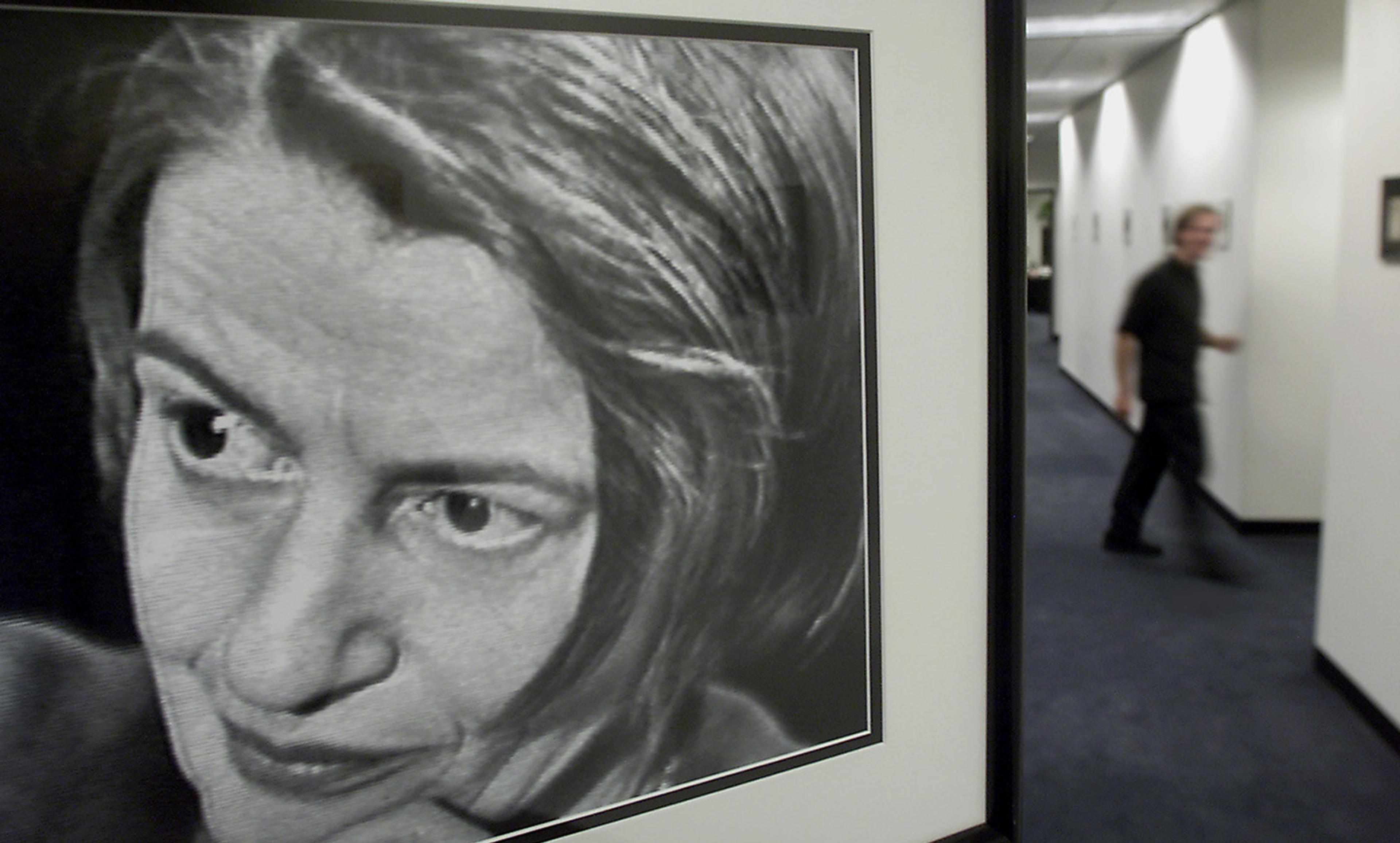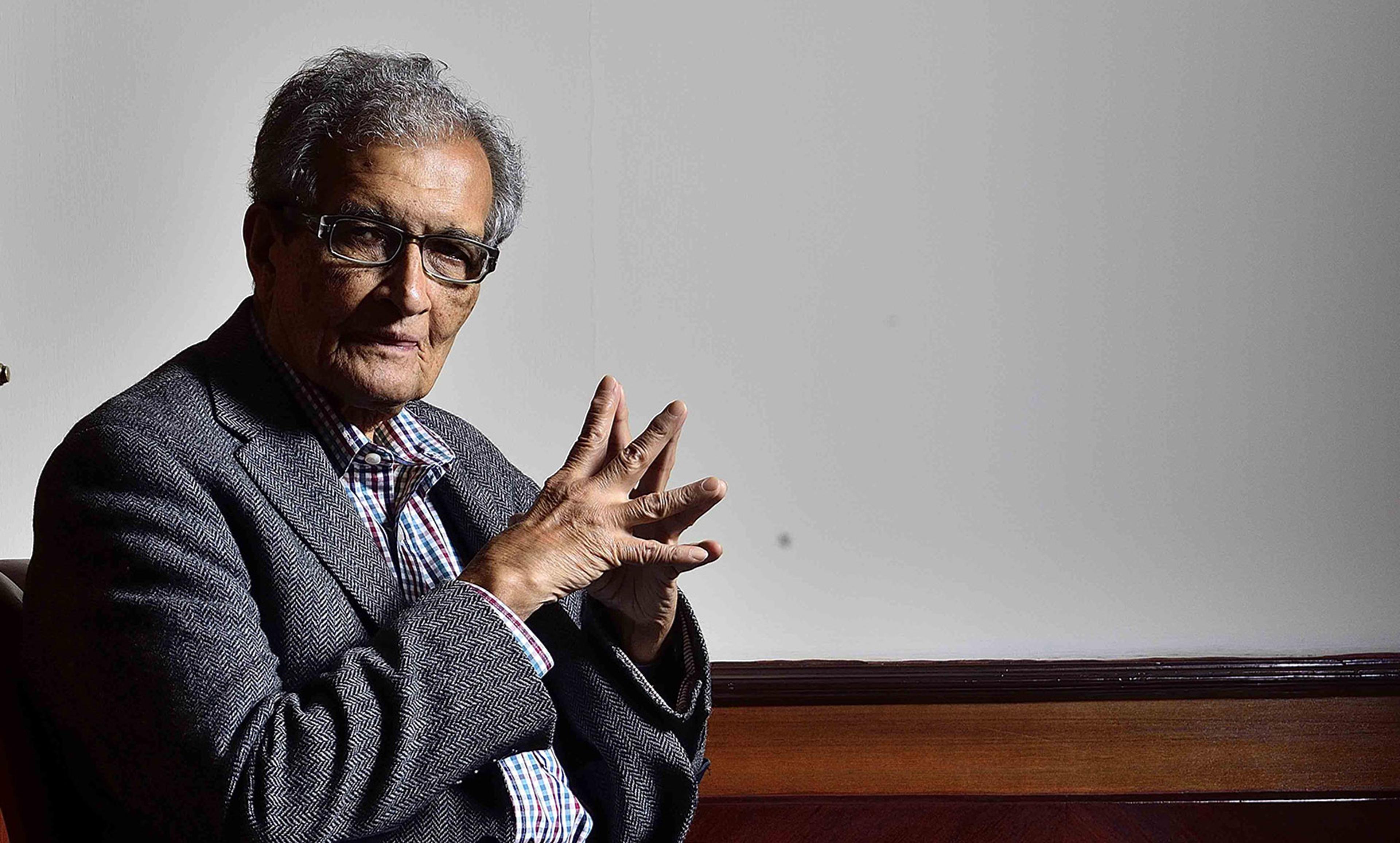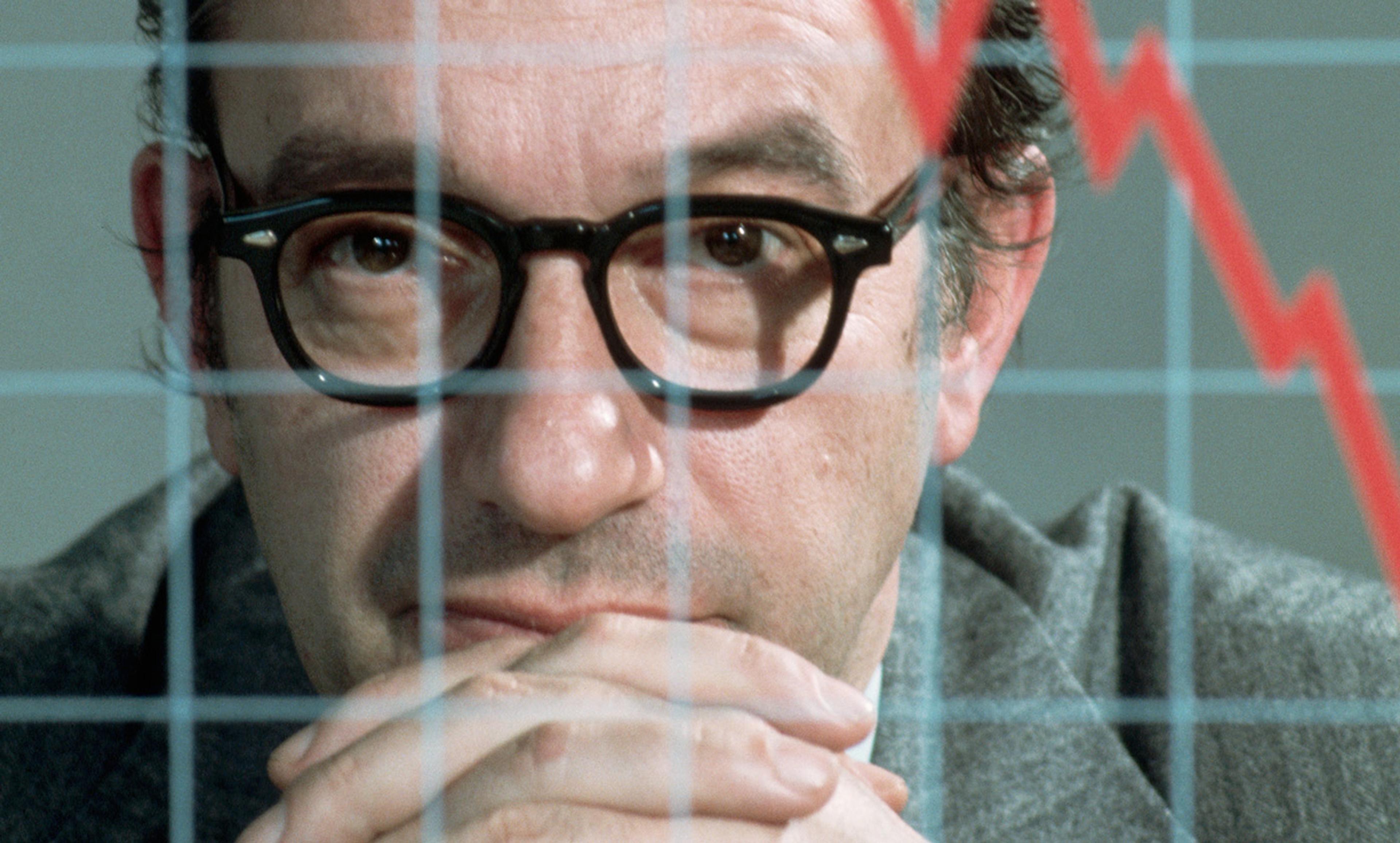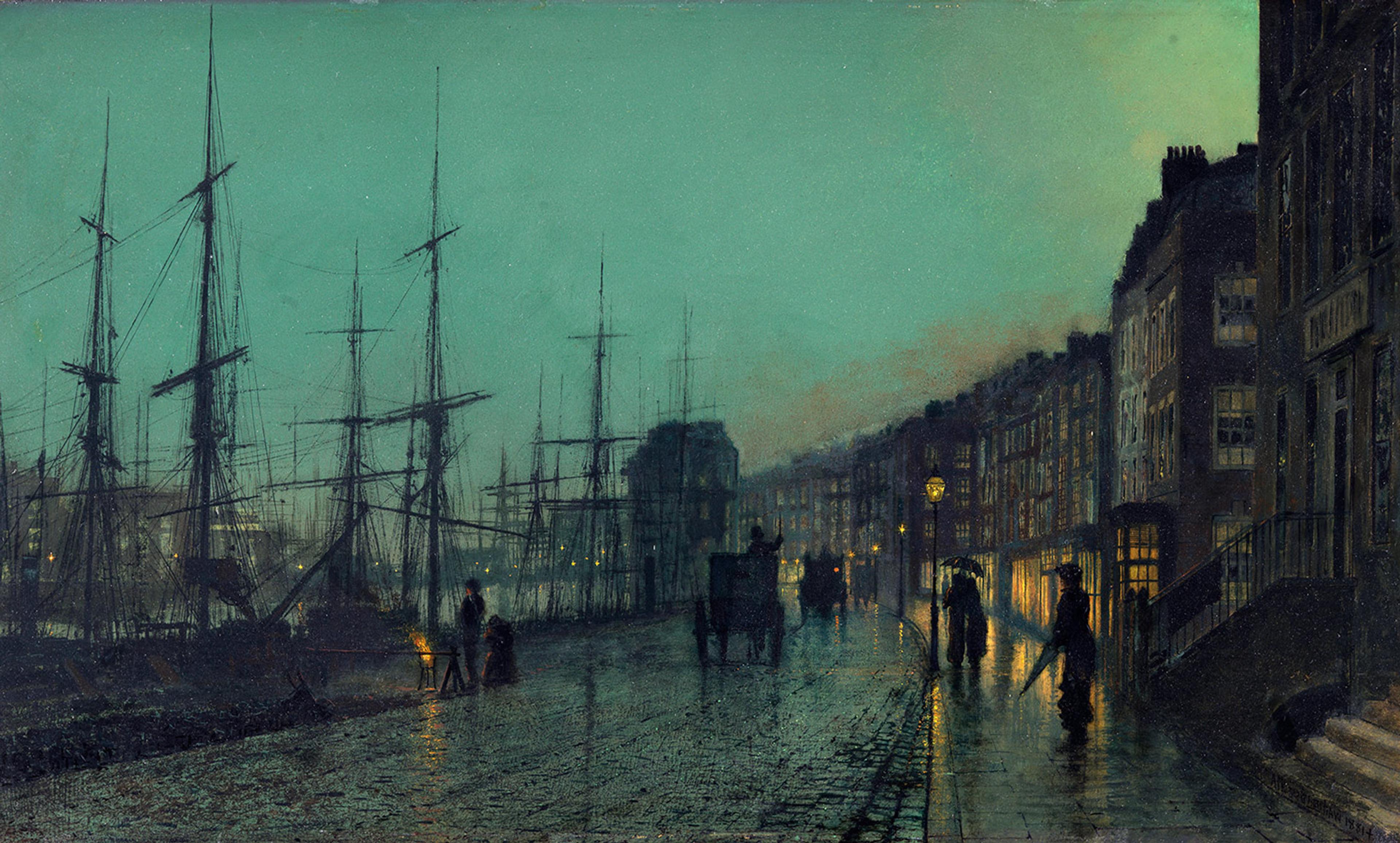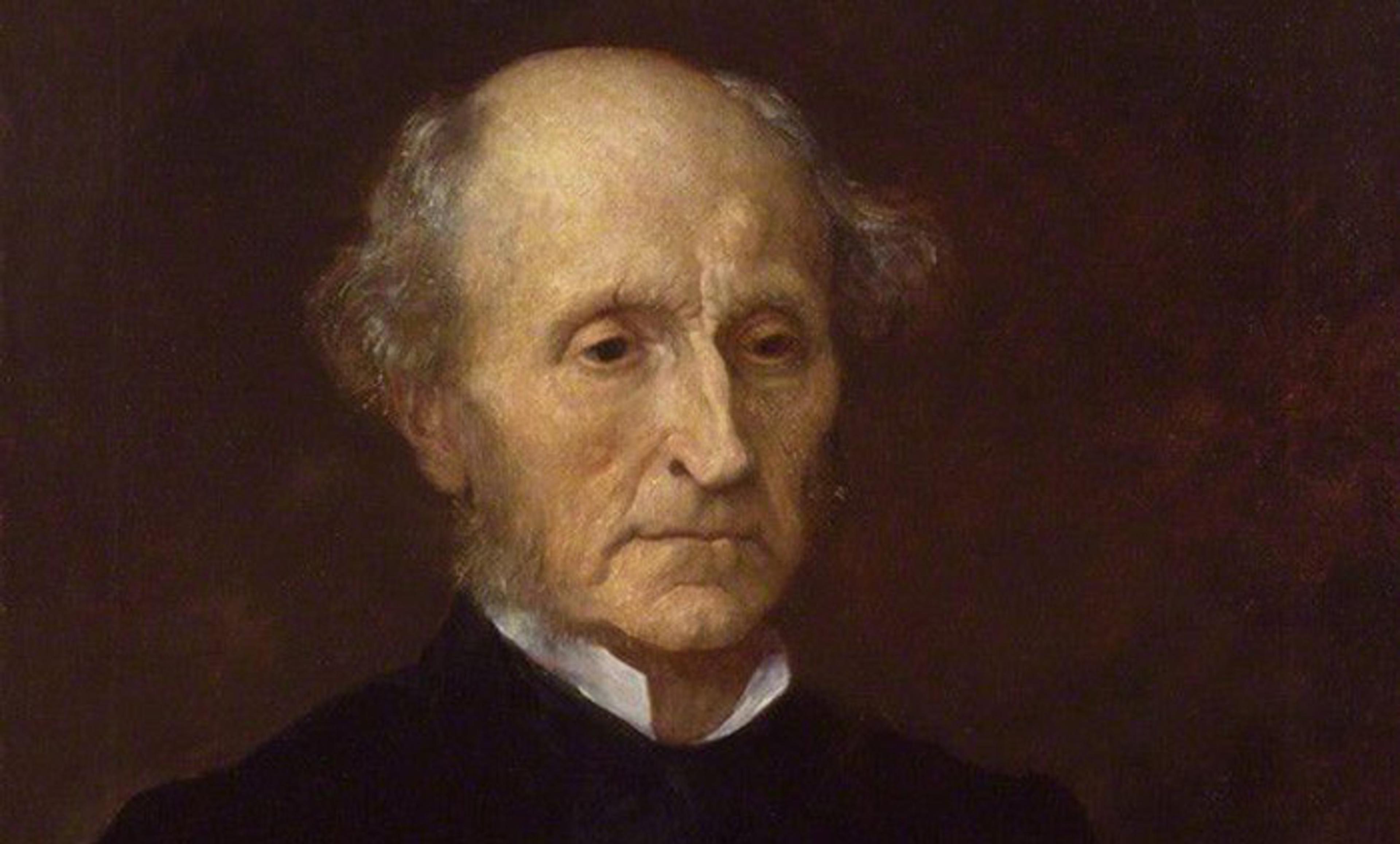Explosive joy. Photo courtesy Pexels
Libertarians are a quarrelsome lot. Debates about who is the better von, Hayek or Mises, rivalries between the Austrian and the Chicago schools of economics, and fights among Ayn Rand’s objectivists and Murray Rothbard’s Circle Bastiat – schisms that would make a Leftist blush – have rent libertarianism. So heads turned when one of their fold decided to throw in the towel on arguing.
Robert Nozick (1938-2002) was not averse to controversy. Five years after arriving at Harvard, he published Anarchy, State, and Utopia (1974). A response to John Rawls, who had just published the monumental A Theory of Justice (1971), Nozick outlined the libertarian case for limited government. While plenty found A Theory of Justice unconvincing, critics found Anarchy, State, and Utopia to be unsavoury. One reviewer equated Nozick to ‘the average owner of a filling station’ whose only joy in life comes from ‘grousing about paying taxes’.
Such criticisms stung. ‘Is not the minimal state,’ Nozik’s book had asked, ‘an inspiring vision?’ A state stripped down to providing protection and enforcing contracts was simple and elegant. It was an art form, enchanting and efficient. Why didn’t others see this beauty? A sickness, answered Nozick, had descended upon Anglo-American thought. This illness had transformed intellectual life into a fit of assertion and counter-assertion. Nowhere was this impulse more malignant than in his own discipline, philosophy.
Postwar American philosophy departments were not famous for providing insights about living the good life. Dominated by philosophical analysis – a movement preoccupied with logic – professional philosophers neglected or even condescended to issues of broader interest such as ethics. In The Rise of Scientific Philosophy (1951), Hans Reichenbach, a prominent defender of analysis, asserted: ‘Those philosophers who are willing to derive moral directives from their philosophies can only offer you a sham proof.’ Proof, in this rigorous, new philosophy, was everything.
Nozick had studied philosophy as a graduate student at Princeton University during the early 1960s, writing his dissertation about logical notation and decision theory. Few other topics were appropriate. Analytical philosophers made up the bulk of the faculty, and they sniffed at ethics and aesthetics. ‘There was a purity about the air,’ recalled one graduate student. Professors believed that there ‘were philosophical wars to be fought, with good guys and bad guys’. The latter, those who talked about the good and the bad, were easy targets. As W V O Quine, the philosopher whose work launched many dissertations, declared in 1953, ‘philosophy of science is philosophy enough’. All other approaches should be purged.
By the 1980s, Nozick had had enough of this mode of philosophical enquiry. ‘The language of analytic philosophy,’ he complained, ‘“forces” the reader to a conclusion through a knock-down argument.’ Discussion thus became a zero-sum game. If the loser of an argument did not accept his opponent’s conclusion ‘he dies’, a victim of his own mental weaknesses. Among the collateral damages of this aggression was an appreciation of intellectual diversity. Nozick aspired to pacify philosophy.
He was not alone. At nearly the same time, three highly regarded analytical philosophers began an intellectual guerrilla war within the discipline, breaking down the conceptual barricades against the value-talk that the previous generation had erected.
In 1979, Douglas Hofstadter battled the widely held perception that formal logic was impenetrable, showing in Gödel, Escher, Bach how cognition ran around a ‘strange loop’ of self-reference. The same year, Richard Rorty staged a coup against academic epistemology, calling it a ‘self-deceptive effort’ in Philosophy and the Mirror of Nature. Following these engagements, Alasdair MacIntyre launched a frontal assault on contemporary meta-ethics in After Virtue (1981), decrying how the ahistorical assumptions of contemporary moral thought had created a new dark age.
‘I want to speak of the purity and dignity of an apple, the explosive joy and sexuality of a strawberry’
In Philosophical Explanations (1981), Nozick opened a new line of attack. Philosophers, he posited, would be better off if they stopped trying to prove things like scientists, an impulse he believed led thinkers to overlook how philosophy might stimulate the ‘mind’s excitement and sensuality’. Rather, they ought to limit themselves to explaining how a system of thought is possible. This would allow a ‘basketful’ of approaches to exist within philosophy, transforming it into an art form, one that sculpted ‘ideas, value, and meaning into new constellations, reverberative with mythic power’. Such an attitude would also recognise philosophers for what they were: ‘valuable and precious’, free to mould and express their lives as artists do theirs.
This big change in conceptualising philosophy liberated Nozick. He now discussed topics ranging from explorations of modern poetry and Hindu theology, to considerations of parenthood, emotions, and personal enlightenment. Gone, too, were the formal equations of his dissertation, replaced with the considerably looser prose in his next book, The Examined Life (1989), a series of informal reflections on life, death, and fruit. ‘I want to speak of the purity and dignity of an apple,’ he waxed in a representative passage, ‘the explosive joy and sexuality of a strawberry.’ Remarking on the shift in style himself, he admitted that he would have found this second line ‘ridiculously overblown once’. Some of his readers still did. As the British philosopher Bernard Williams observed, reading Nozick’s later work was like watching ‘a commercial for breakfast food’.
Purple prose aside, Nozick largely won praise from his colleagues. He had appeared, as one reviewer wrote, like a ‘knight in shining armour’, rescuing his peers from doing obscurantist philosophy. Thanks to his willingness to quit arguing and start explaining, philosophy had rediscovered its obligation to provide the public with lessons about living the good life. The Canadian philosopher Ian Hacking thought it nothing less than the ‘rebirth of philosophy’. Lost in this ballyhoo was the irony that a man who, in the previous decade, had argued for the moral benefits of privatisation, now spearheaded philosophy’s concern with the intellectual commons.
Of course, it had become easy to overlook such political incongruities. Nozick certainly did. If his libertarianism had gained a joie de vivre, it had done so by diluting its original raison d’être. Students should read Max Weber or Karl Marx, he contended in Philosophical Explanations, not because these authors provided insights into how society functioned. On the contrary, these political theorists were notable because their books are part of the ‘long list of human accomplishment, striving, and excellence’. Capital (1867-94) was a model of what hard work could achieve, not a book about how hard work is.
The same standard applied to Nozick’s own work. ‘The libertarian position I once propounded now seems to me seriously inadequate,’ he announced in The Examined Life. From here on out, he would apply his libertarianism inwardly, focusing on the cultivation of his self rather than the destruction of the state. While this admission shocked admirers of Anarchy, State, and Utopia, it was a logical outgrowth of the author’s intellectual development. After all, this was the man who had declared that attempting to convince others of your views – the modus operandi of politics – was a ‘philosophically pointless task’. For Nozick, libertarianism had ceased to be an ideology. It had become a lifestyle, one that was not better or worse than any other – at least, not arguably so.

